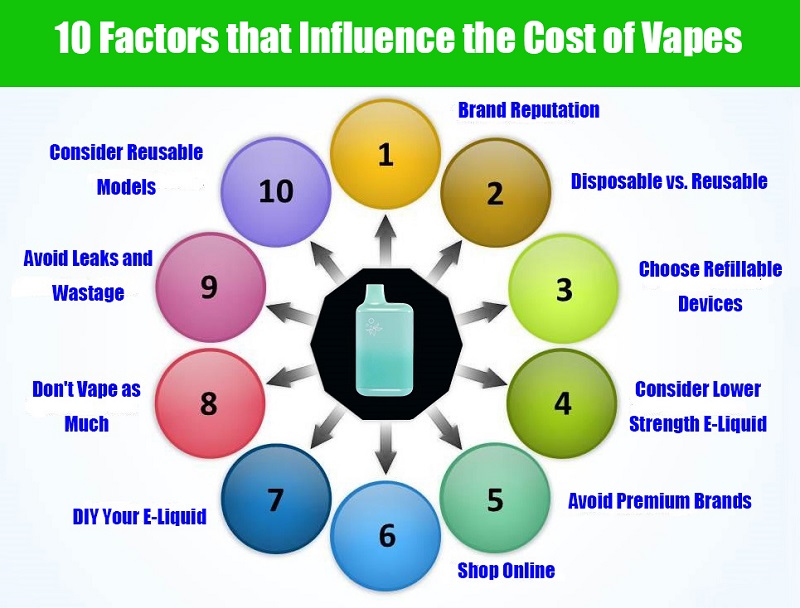Electronic cigarette liquid, commonly known as e-liquid or vape juice, is a core component for vaping devices. Its pricing varies widely due to multiple factors, and understanding these helps consumers make informed decisions without overspending.
Key Factors Influencing E-Liquid Price
Several elements drive the cost of e-liquid:

- Capacity: Bottle sizes range from small (e.g., 10ml, $5-$10) to large (e.g., 100ml, $15-$30), with larger volumes often offering better value per ml.
- Nicotine Strength and Formulation: Higher nicotine levels (e.g., 50mg) or salt-based formulations can increase prices by 10-20% compared to lower strengths or freebase options.
- Ingredients and Quality: Premium blends with high-purity propylene glycol (PG), vegetable glycerin (VG), and complex flavor profiles cost more; budget liquids use simpler formulas.
- Brand and Reputation: Established brands command premium pricing ($12-$20 per 60ml), while generic or lesser-known options are cheaper ($5-$12 per 60ml).
- Regulatory and Geographic Variations: Taxes, import duties, and compliance costs in regions like the EU or US can add 15-30% to retail prices.
Average Price Ranges
Based on market data, typical e-liquid prices for consumers are:
- Small bottles (10-15ml): $5-$10.
- Standard bottles (30-60ml): $10-$20.
- Large bottles (100-120ml): $15-$30.
Premium or nicotine salt variants may reach $25-$40 for 60ml, whereas value packs (multi-bottle bundles) lower unit costs by 20-40%.
Cost-Effective Purchasing Strategies
To optimize spending, consider these tips:
- Bulk Buying: Purchase larger bottles or multi-packs to reduce per-ml expenses.
- Compare Retailers: Check prices across online stores for discounts, ensuring compliance with local laws.
- Monitor Sales and Promotions: Look for seasonal deals or loyalty programs to save 10-30%.
Always verify product authenticity and ingredient listings to ensure safety and value alignment with your preferences.









